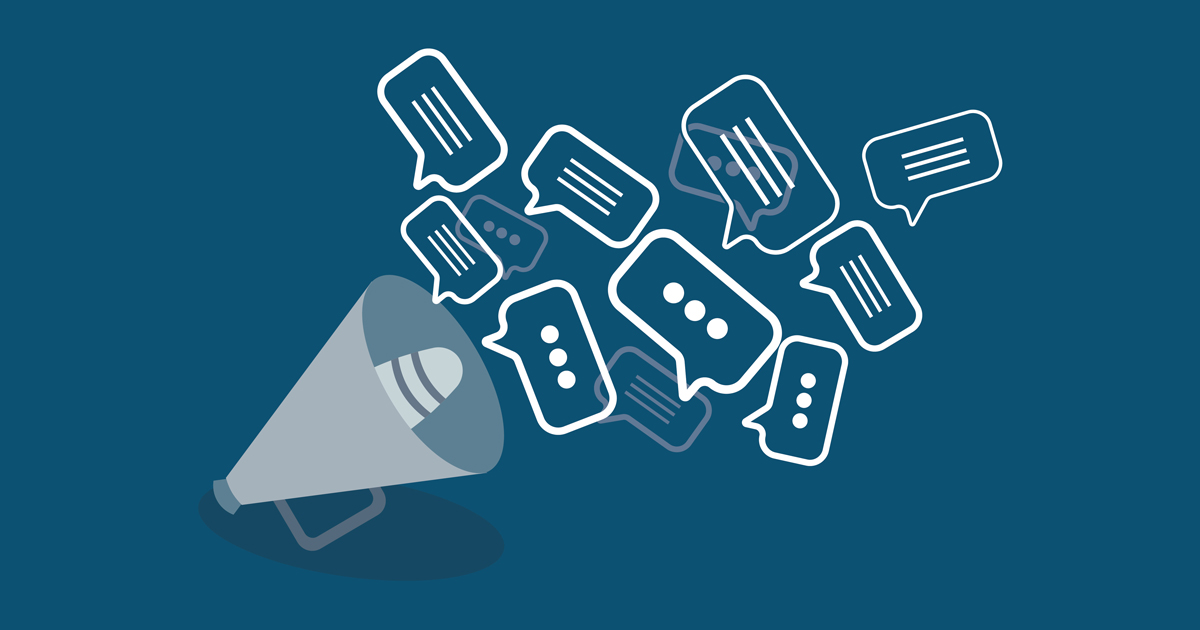Should You Have A Work Twitter?

When Steve Jobs was Pixar’s CEO, he told the architect designing its new headquarters to design physical space that encouraged staff to get out of their offices and mingle, particularly with those whom they normally wouldn’t. Jobs believed these serendipitous exchanges released the creative juices that fueled innovation.
Possibly the greatest digital evangelist of all time, Jobs recognized the importance of social interaction for innovation. A multitude of empirical studies confirm what Jobs intuitively knew. The more diverse a person’s social network, the more likely they are to be innovative. A diverse network provides exposure to people from different fields who behave and think differently than ourselves. Good ideas emerge when the new information received is combined with what we already know.
But, in today’s digitally connected world, many social relationships are formed and maintained through social media platforms such as Twitter. So does having a greater diversity of virtual Twitter connections – or even a dedicated “work Twitter” – mean that good ideas are more likely to surface? This is a question we addressed by analyzing the thousands of ideas submitted by employees of the EMC Corporation as part of their internal idea management system.
What did we find? First, Twitter users and nonusers submitted the same number of ideas. However, the ideas of Twitter users were rated significantly more positively by other employees and experts. Secondly, we analyzed the structure of each employee’s Twitter network and did indeed find a positive relationship between the amount of diversity in one’s Twitter network, and the quality of ideas submitted.
EMC staffers were able to rattle off examples of how information gleaned from those they follow on Twitter triggered new ideas, and in some cases led directly to an innovation. Here are three common themes that emerged from these interviews:
1. Use Twitter as a catalyst for new ideas
Several employees described the platform as a “gateway to solution options” and a way to obtain different perspectives and to challenge one’s current thinking. One engineer was able to improve the speed of a suite of EMC products as a direct result of a tweet from a Web app guru. Other employees leveraged Twitter to obtain best practices from industry experts around customer advocacy programs, such as loyalty initiatives and tracking. Several others mentioned improving personal productivity by following early technology adopters on Twitter to learn about new tools used in the workplace.
But, Twitter needs to be used tactically in order to be a valuable source of quality ideas. What’s important, for ideation at least, is not the number of people you follow, but the diversity within that Twitter network. This view was crisply echoed by a senior technologist describing how he uses the platform: “I don’t necessarily want to follow more people. I just want to follow people whose opinions don’t always align with my own, which is kind of an ongoing battle because after a year or so of following the same people, you find that your opinions shift and morph a little and suddenly you are with a homogenous group of people again.”
A HR professional disclosed how she adopts a 70/30 rule to blend serendipity into her Twitter network. 70 percent of what she follows is directly relevant to her work, while 30 percent is outside her comfort zone. The extracurricular reading is designed to challenge her existing beliefs and includes sources far removed from HR. Employees mentioned virtual connections to the thoughts of people such as Buzz Aldrin, Bill Nye, and Neil deGrasse Tyson as catalysts for good ideas, even though they are not directly involved with EMC’s industry.
2. Use Twitter for continuous engagement with experts
Several people we talked to at EMC mentioned Twitter is different from email and other tools in that it enables continuous engagement and conversation with experts. One community manager commented that: “Twitter allows your battery life to last longer. I will only follow people that will tweet and reply in a timely fashion. So, the people I follow on Twitter have to be social and willing to share, in addition to being an expert or interesting.”
Engagement on the platform (replies, retweets, mentions) often leads to face-to-face meetings. In those cases, Twitter acts as a natural icebreaker. Relationships with experts you meet in person or know from your workplace can also be extended on the platform. One engineer explained how a series of Twitter conversations with a software developer in another firm led to an initial face-to-face meeting. Eventually, their relationship gave rise to four patent applications.
3. Be an idea broker by managing Twitter content
Several employees mentioned how important it is to have a strategy for internalizing and sharing Twitter content with the appropriate internal stakeholders to fuel ideation. They described their role as a “listener, curator, and alerter.” According to one employee: “I try to sift through all the Twitter content from my network and look for trends and relationships between topics. I then put my analysis and interpretation on it. I feel that’s where my value-add is. I’m not just sending out a bunch of links. I think through what might be valuable to particular groups such as marketing or engineering. This leads to engaging discussion.
Sharing Twitter content with work colleagues is critical since many employees, especially those from the baby boomer generation, may not be adopting the platform. Other employees mentioned the importance of corroborating the technical information obtained from Twitter with other colleagues to discuss its validity and relevance.
Finally, several employees mentioned the importance of keeping their Twitter network up to date. A pruning strategy is necessary since people’s topic interests change, thus eliminating the need to follow certain experts. In addition to relevancy, employees use the frequency of tweets to determine if someone they are following is no longer active, and therefore, can be removed from their network. Twitter lists by topic was mentioned as a simple and effective way to manage your Twitter network content
Twitter can be an effective innovation platform since it represents a free-flow of ideas. By adding some structure to it by designing a diverse Twitter network of relationships and managing and sharing tweets effectively, employees can become more innovative and productive.
Posted in Insights





